Home>Articles>How Many Foot Candles Is Bright Indirect Light
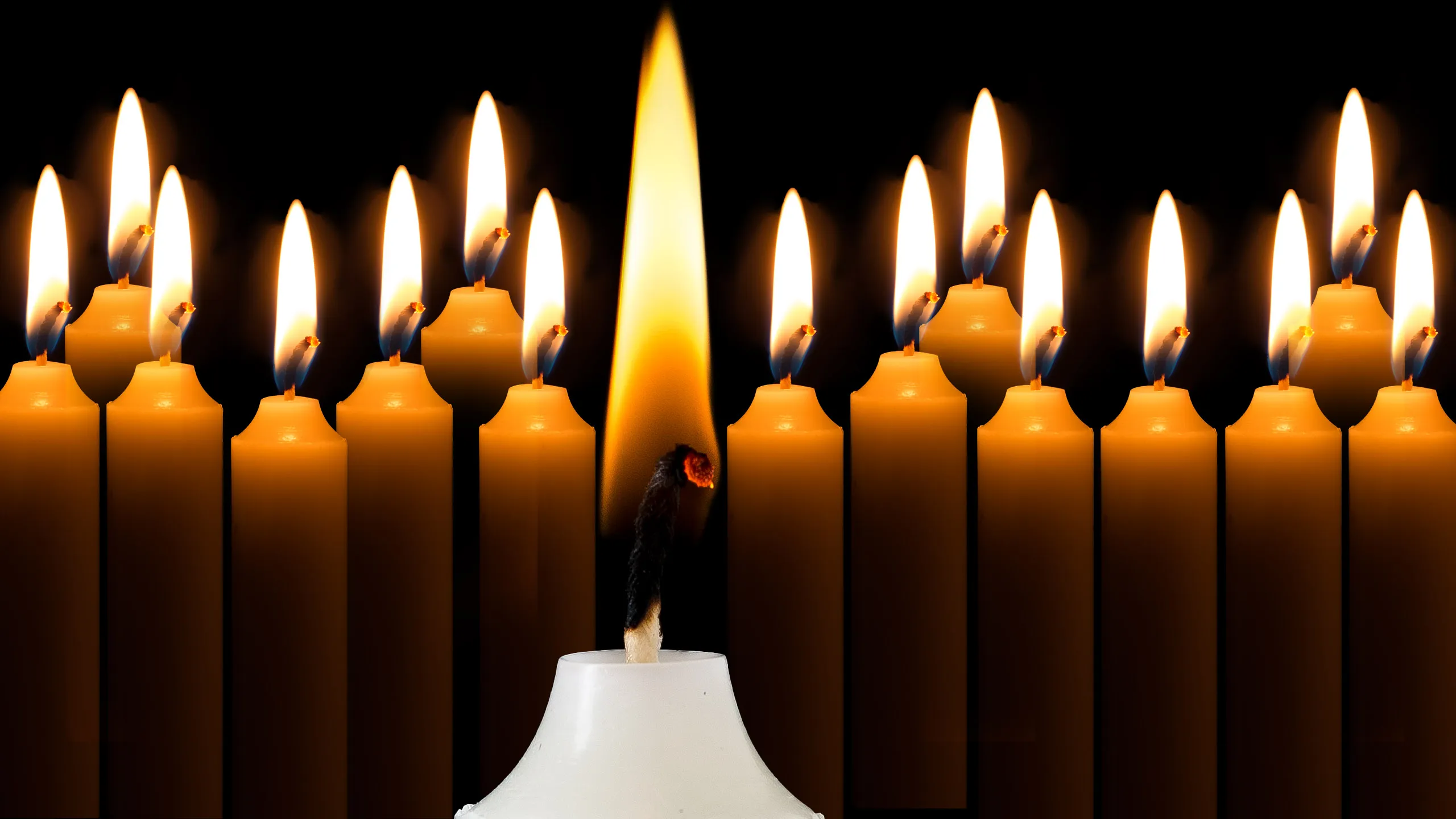

Articles
How Many Foot Candles Is Bright Indirect Light
Modified: September 2, 2024
Discover the ideal foot candle range for bright indirect lighting in this informative article. Learn how many foot candles provide optimal illumination for your space.
(Many of the links in this article redirect to a specific reviewed product. Your purchase of these products through affiliate links helps to generate commission for Storables.com, at no extra cost. Learn more)
Introduction
Welcome to the fascinating world of foot candles and bright indirect light! If you’ve ever wondered how to quantify the amount of light in a particular area or how to optimize lighting conditions for various environments, then you’ve come to the right place.
Understanding foot candles and their relation to bright indirect light is crucial for achieving optimal lighting conditions in both residential and commercial spaces. Whether you’re designing a cozy reading nook, setting up a productive workspace, or creating an inviting ambiance for a restaurant, understanding foot candles can make all the difference in achieving the right atmosphere.
In this article, we will dive into the concept of foot candles and explore how they relate to bright indirect light. We’ll discuss the definition of bright indirect light, why measuring foot candles is important, and the recommended foot candle levels for bright indirect light. We will also explore the factors that can affect the levels of bright indirect light and offer tips on how to enhance them.
So, buckle up as we embark on a journey to demystify foot candles and bright indirect light, equipping you with the knowledge and tools to create beautifully lit spaces that fulfill your vision and serve their purpose.
Key Takeaways:
- Understanding foot candles and their relation to bright indirect light is crucial for creating well-lit and visually appealing spaces. By measuring foot candles accurately, adjustments can be made to optimize lighting design and enhance energy efficiency.
- Factors such as light source, positioning, surface reflectance, and room layout can influence bright indirect light levels. Utilizing strategies like using light-colored surfaces and layering lighting can enhance the overall brightness and ambiance of a space.
Read more: What Are Foot Candles In Lighting
Understanding Foot Candles
Before we delve into the realm of bright indirect light, let’s start by understanding what foot candles are. Foot candles are a unit of measurement used to quantify the intensity of light in a given area. It specifically measures the illuminance or the amount of light falling on a surface.
Foot candles are calculated by measuring the light intensity at a specific distance from the light source. The term “foot candles” itself refers to the amount of light produced by one candle, at a distance of one foot. So, if you have a light source that emits the same amount of light as one candle, and you measure the intensity of that light at a distance of one foot, you will have one foot candle of illuminance.
This unit of measurement provides a standardized way to assess the amount of light in various spaces. It is commonly used in architecture, interior design, and photography to determine the ideal lighting conditions for different applications.
Foot candles can be compared to the concept of lux, another unit of measurement used in lighting, especially in Europe and many other parts of the world. While foot candles measure illuminance in relation to feet, lux measures it in relation to meters. One foot candle is approximately equal to 10.76 lux.
Now that we have a general understanding of foot candles, let’s explore how they relate to the concept of bright indirect light.
Definition of Bright Indirect Light
Bright indirect light refers to a lighting condition where the primary source of light is not directly visible or causing harsh glare, but instead, the light is reflected or diffused off surfaces to create a soft and even illumination. This type of lighting is often preferred for its ability to create a comfortable and visually appealing atmosphere.
In bright indirect light, the light source is typically positioned in a way that the light bounces off walls, ceilings, or other surfaces before reaching the desired area. This indirect lighting method helps to minimize shadows, reduce glares, and create a more diffused, uniform illumination throughout the space.
One of the key advantages of bright indirect light is its ability to provide a balanced and gentle illumination that is less straining to the eyes compared to direct lighting. This makes it an ideal choice for areas where tasks requiring concentration or relaxation are performed, such as offices, living rooms, dining areas, and bedrooms.
Furthermore, bright indirect light can bring out the colors and textures in a room, creating a visually dynamic and inviting environment. It adds depth and dimension to the space while maintaining a soothing ambiance.
It’s important to note that bright indirect light can be achieved through a variety of light sources, such as overhead fixtures, wall sconces, floor lamps, or natural sunlight entering through windows. The key is to ensure that the light is properly diffused or reflected off surfaces to create a soft and even glow.
Now that we have a clear understanding of bright indirect light, let’s explore why the measurement of foot candles is important in achieving the desired lighting conditions.
Importance of Foot Candles Measurement
The measurement of foot candles plays a crucial role in achieving optimal lighting conditions for various settings. By understanding and measuring foot candles, designers, architects, and even homeowners can ensure that the lighting in a space is appropriate and meets the intended purpose.
One of the primary reasons why foot candles measurement is important is because it allows for consistency and standardization in lighting design. Different activities and environments require different levels of illumination for optimal visibility and comfort. For example, a workspace may require higher foot candle levels to ensure adequate visibility for tasks, while a relaxation area may benefit from lower foot candle levels to create a calming atmosphere.
By using foot candles as a guideline, designers can determine the appropriate lighting levels for specific areas within a space. This ensures that there is sufficient light to perform tasks comfortably and efficiently, while also avoiding excessive brightness that can cause discomfort or strain the eyes.
Another important aspect of foot candles measurement is its role in energy efficiency. By accurately measuring and controlling the amount of light required, unnecessary energy consumption can be minimized. This is especially important in commercial buildings where lighting can account for a significant portion of the energy usage.
Additionally, foot candles measurement enables designers to assess the effectiveness of lighting solutions and make informed decisions. By evaluating the foot candle levels in a space, adjustments can be made to optimize the lighting design. This includes repositioning light fixtures, adjusting the intensity of lighting, or incorporating additional light sources to achieve the desired foot candle levels.
Moreover, foot candles measurement can also help in ensuring compliance with safety regulations. In certain industries, such as manufacturing or healthcare, specific foot candle requirements may be mandated to ensure safe working conditions and accurate visual assessments.
In summary, foot candles measurement is essential for creating lighting environments that are functional, comfortable, and visually pleasing. It provides a standardized approach to determine appropriate lighting levels, promotes energy efficiency, enables informed decision-making, and ensures compliance with safety standards.
Now that we understand the importance of foot candles measurement, let’s explore the factors that can affect the levels of bright indirect light.
Factors Affecting Bright Indirect Light Levels
Several factors can influence the levels of bright indirect light in a space. Understanding these factors will help you optimize the lighting conditions and create the desired atmosphere. Let’s explore the key factors that affect bright indirect light levels:
1. Light Source: The type of light source used can have a significant impact on the intensity and quality of bright indirect light. Different light sources, such as incandescent bulbs, LED lights, or natural sunlight, have varying levels of brightness and color temperature that can affect the overall illumination in a space.
2. Light Positioning and Direction: How the light is positioned and directed in the space can greatly influence the levels of bright indirect light. By adjusting the angle and direction of light fixtures, you can control the amount of light that is reflected off surfaces and create a more balanced and even illumination.
3. Surface Reflectance: The reflectance properties of surfaces, such as walls, ceilings, and floors, play a vital role in bright indirect light levels. Light-colored and smooth surfaces tend to reflect more light, while dark and textured surfaces absorb more light. By considering the reflectance properties of surfaces, you can enhance the bounce and diffusion of light for a brighter and more evenly illuminated space.
4. Room Layout and Furniture Placement: The layout and furniture arrangement within a space can impact the distribution of bright indirect light. Objects and obstacles can obstruct the flow of light and create shadows or uneven lighting. It is important to consider the position and arrangement of furniture to ensure optimal light distribution and avoid any obstructive elements.
5. Window Treatments: Natural sunlight plays a significant role in providing bright indirect light. However, window treatments, such as curtains or blinds, can affect the amount of light that enters the space. Lighter and thinner window coverings allow more light to pass through, while heavier and opaque coverings limit the amount of light. Choosing appropriate window treatments can help regulate the brightness and diffusion of natural light.
6. Time of Day and Location: The time of day and geographical location can influence the availability and quality of natural light. The position of the sun and weather conditions can impact the intensity and color temperature of sunlight. It’s important to consider these factors when designing the lighting scheme to utilize natural light effectively and enhance the levels of bright indirect light.
By taking these factors into account, you can optimize the levels of bright indirect light in your space, creating a well-lit and inviting atmosphere. Now, let’s move on to discussing the recommended foot candle levels for bright indirect light.
Bright indirect light typically ranges from 200-500 foot candles. To measure foot candles, use a light meter or consult with a professional for accurate readings.
Read more: How Many Brick Pavers In A Square Foot
Recommended Foot Candle Levels for Bright Indirect Light
The recommended foot candle levels for bright indirect light will vary depending on the specific use of the space and the desired atmosphere. However, there are general guidelines that can help you achieve optimal lighting conditions. Here are some recommendations for foot candle levels in spaces with bright indirect light:
1. Living Rooms: In living rooms, where comfort and relaxation are key, a range of 20 to 30 foot candles is often recommended. This level of brightness provides sufficient illumination for activities like reading or watching television while maintaining a warm and cozy ambiance.
2. Dining Areas: To create an inviting atmosphere in dining areas, foot candle levels of around 30 to 50 are typically recommended. This level of bright indirect light enhances the visual appeal of the dining space and allows for comfortable dining experiences.
3. Offices and Workspaces: In office and workspace environments where tasks that require concentration are performed, foot candle levels of 50 to 75 are commonly recommended. This higher level of illumination helps improve productivity and reduces eye strain.
4. Retail Spaces: Retail environments often require higher foot candle levels to create a visually engaging atmosphere. A range of 50 to 100 foot candles is commonly recommended in order to highlight products, enhance the shopping experience, and attract customer attention.
5. Art Galleries and Museums: In art galleries and museums, bright indirect light is crucial for showcasing artwork and exhibits. Foot candle levels of 50 to 100 or even higher may be necessary to effectively illuminate the space and highlight the details and colors of the artwork.
It’s important to note that these foot candle recommendations are general guidelines. The specific requirements may vary depending on factors such as the size of the space, the colors and textures of surfaces, and the intended use of the area.
Additionally, it’s recommended to consult with lighting professionals or follow industry standards and regulations specific to your region or industry. These guidelines can help ensure that the foot candle levels are appropriate for the space and meet the necessary lighting requirements.
Now that we have covered the recommended foot candle levels, let’s explore how to measure foot candles in bright indirect light scenarios.
Measuring Foot Candles in Bright Indirect Light Scenarios
To measure foot candles in bright indirect light scenarios, you will need a light meter, also known as a foot candle meter or a lux meter. These handheld devices are specifically designed to measure the illuminance levels in a given area.
Here are the steps to measure foot candles in bright indirect light scenarios:
1. Set up the meter: Start by ensuring that your light meter is properly calibrated and set up according to the manufacturer’s instructions. This may involve adjusting the meter’s settings for foot candle measurements and selecting the appropriate measurement range.
2. Position the meter: Place the light meter at the location where you want to measure the foot candles. Make sure the meter is positioned at the same height and orientation as the surface you want to measure the illuminance on.
3. Take the reading: Activate the meter and allow it to stabilize. The meter will display the reading in foot candles or lux, depending on the settings. Take note of the measured value.
4. Repeat measurements: To ensure accuracy, it is recommended to take multiple measurements at different points within the area to get an average foot candle level. This will account for any variations in bright indirect light caused by the positioning of light sources or reflective surfaces.
5. Adjust lighting as needed: After measuring the foot candle levels, compare the readings to the recommended values for bright indirect light in your specific application. If the measured levels are too low or too high, you may need to make adjustments to the lighting setup, such as repositioning light sources or modifying the reflective surfaces, to achieve the desired foot candle levels.
Remember to take measurements under typical conditions, considering factors such as natural daylight, time of day, and any obstructions that may affect the bright indirect light levels.
By using a light meter to measure foot candles, you can ensure that the lighting in your space is optimized for the desired level of bright indirect light. This objective approach allows you to make informed decisions and adjustments to create a visually pleasing and well-illuminated environment.
Now that we understand how to measure foot candles, let’s look at ways to enhance bright indirect light levels in a space.
Enhancing Bright Indirect Light Levels
If you want to enhance the bright indirect light levels in your space, there are several strategies you can employ to achieve a more optimal lighting environment. Here are some effective ways to enhance the levels of bright indirect light:
1. Use Light-colored and Reflective Surfaces: Light-colored walls, ceilings, and floors help maximize the reflection of light, creating a brighter and more evenly distributed illumination. Choose paint or finishes with high reflectance values to bounce light effectively, and consider using glossy or satin finishes for enhanced reflection.
2. Position Light Sources Strategically: Properly positioning light sources is crucial in achieving bright indirect light. Place lights at angles that allow them to bounce off surfaces and distribute the light more evenly. Wall-mounted sconces, uplights, and recessed lights can be effective in creating a soft and diffused glow throughout the space.
3. Consider the Use of Mirrors: Mirrors can be used strategically to reflect and amplify the amount of bright indirect light in a room. Place a mirror opposite a light source to bounce light across the space. This technique can make the room appear larger and enhance the overall brightness.
4. Utilize Natural Light: When possible, make the most of natural light by incorporating large windows, skylights, or light tubes in your space. Natural sunlight provides a beautiful quality of light for bright indirect lighting. Use sheer window coverings and avoid heavy curtains to allow more light to enter the room.
5. Layer Lighting: Combine different types of light sources to create layers of illumination. This can include overhead fixtures, table lamps, floor lamps, wall sconces, and accent lighting. By layering the lighting, you can create depth, shadows, and highlights, enhancing the overall brightness and visual appeal.
6. Optimize Lightbulb Choices: Select light bulbs with appropriate color temperature and brightness levels for bright indirect lighting. LED and CFL bulbs are energy-efficient options that provide bright and even light distribution. Consider bulbs with high color rendering index (CRI) to accurately represent colors in the space.
7. Remove Obstructions: Identify any objects or furniture that may be blocking the path of light and obstructing the bright indirect light. Rearrange or remove these obstructions to allow for a more unobstructed flow of light and improve the overall brightness.
8. Regularly Clean and Maintain Light Fixtures: Dust and dirt on light fixtures can reduce their efficiency and limit the amount of light they emit. Regularly clean and maintain your light fixtures to ensure they are free from any debris, maximizing their output and enhancing the overall brightness of the space.
By implementing these techniques, you can enhance the levels of bright indirect light in your space, creating a visually appealing and well-illuminated environment. Remember to assess the specific needs and characteristics of your space to choose the most suitable strategies for optimizing the lighting conditions.
Now that we have explored ways to enhance bright indirect light levels, let’s conclude our article.
Conclusion
Creating a well-lit and visually appealing space is essential for both practical and aesthetic reasons. Understanding foot candles and their relationship to bright indirect light is the key to achieving optimal lighting conditions in various environments.
In this article, we explored the concept of foot candles and how they measure the illuminance or light intensity in a given area. We also defined bright indirect light as a lighting condition where the primary light source is reflected or diffused off surfaces, creating a soft and even illumination.
Measuring foot candles is important as it allows designers and homeowners to ensure that the lighting in a space is appropriate and meets the intended purpose. It provides a standardized approach to establish the ideal lighting levels for different activities and environments. By measuring foot candles accurately, adjustments can be made to optimize the lighting design and enhance energy efficiency.
Several factors can affect bright indirect light levels, including the type of light source, the positioning of lights, surface reflectance, room layout, window treatments, and time of day. Understanding these factors helps in creating the desired lighting atmosphere.
Furthermore, we discussed the recommended foot candle levels for spaces with bright indirect light, such as living rooms, dining areas, offices, retail spaces, and art galleries. These recommendations serve as guidelines for achieving the appropriate brightness for each specific application.
To measure foot candles in bright indirect light scenarios, a light meter or lux meter is used. By following the steps of positioning the meter and taking accurate readings, one can ensure precise measurements of foot candles.
Lastly, we explored various strategies for enhancing the levels of bright indirect light in a space. These strategies include using light-colored and reflective surfaces, positioning light sources strategically, utilizing natural light, layering different types of lighting, optimizing lightbulb choices, removing obstructions, and maintaining light fixtures.
By implementing these techniques, you can create beautifully lit spaces that not only provide adequate illumination but also enhance the overall visual aesthetics and ambiance. Whether it’s a cozy living room, a productive workspace, or a captivating art gallery, understanding foot candles and utilizing bright indirect light can transform any environment into a warm and inviting space.
So, armed with the knowledge of foot candles and bright indirect light, go forth and create stunning lighting designs that illuminate your world.
Frequently Asked Questions about How Many Foot Candles Is Bright Indirect Light
Was this page helpful?
At Storables.com, we guarantee accurate and reliable information. Our content, validated by Expert Board Contributors, is crafted following stringent Editorial Policies. We're committed to providing you with well-researched, expert-backed insights for all your informational needs.
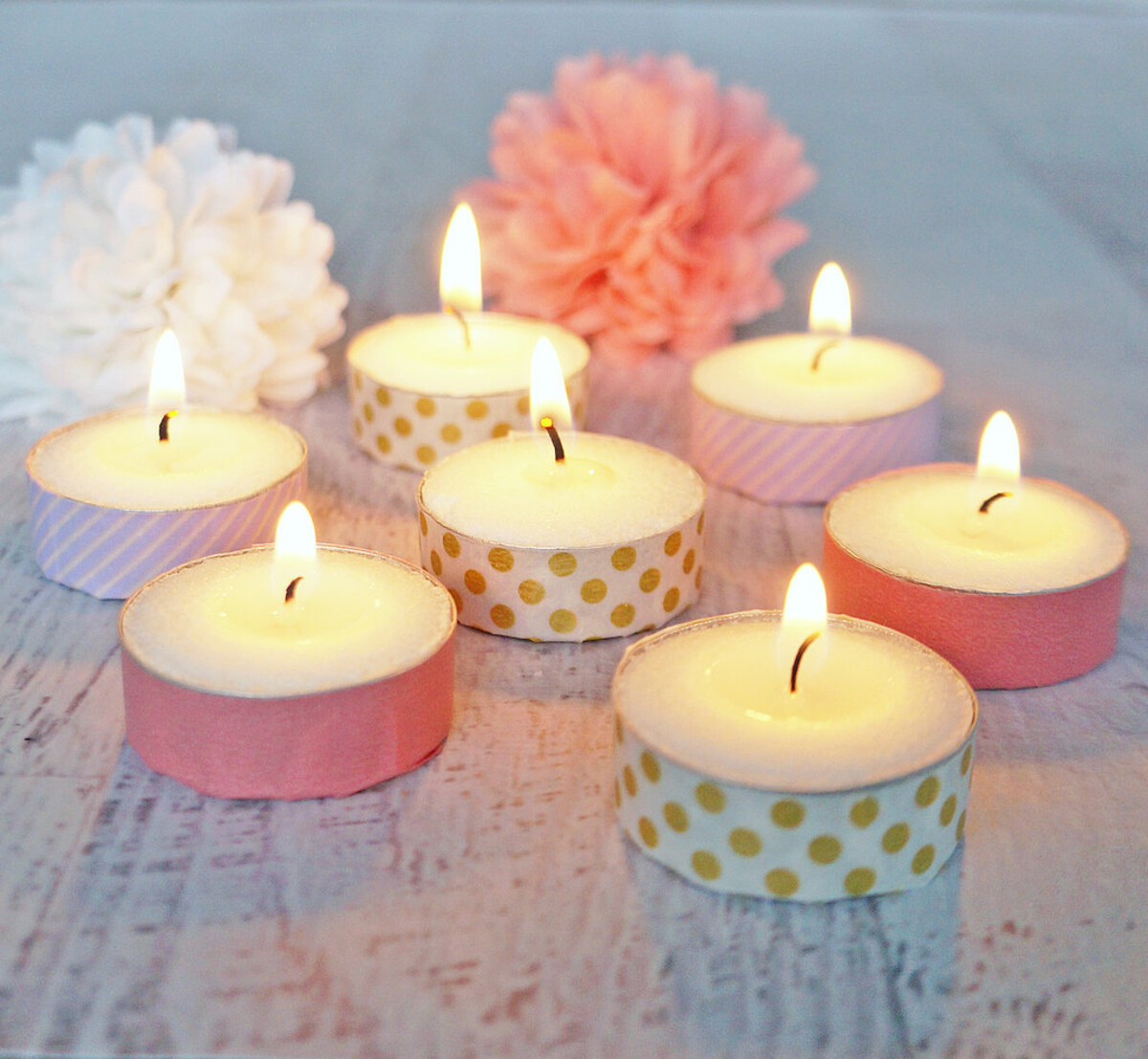
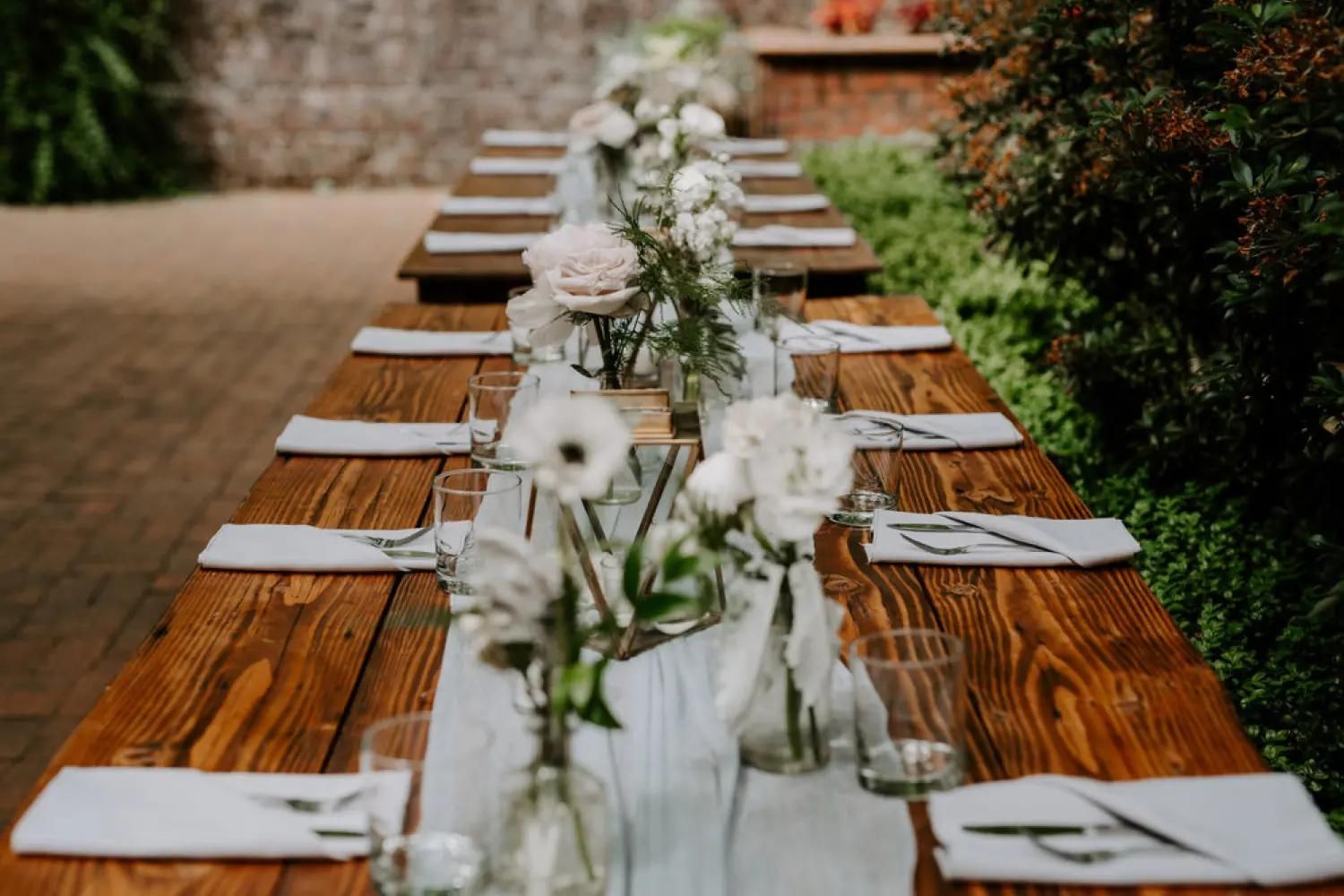
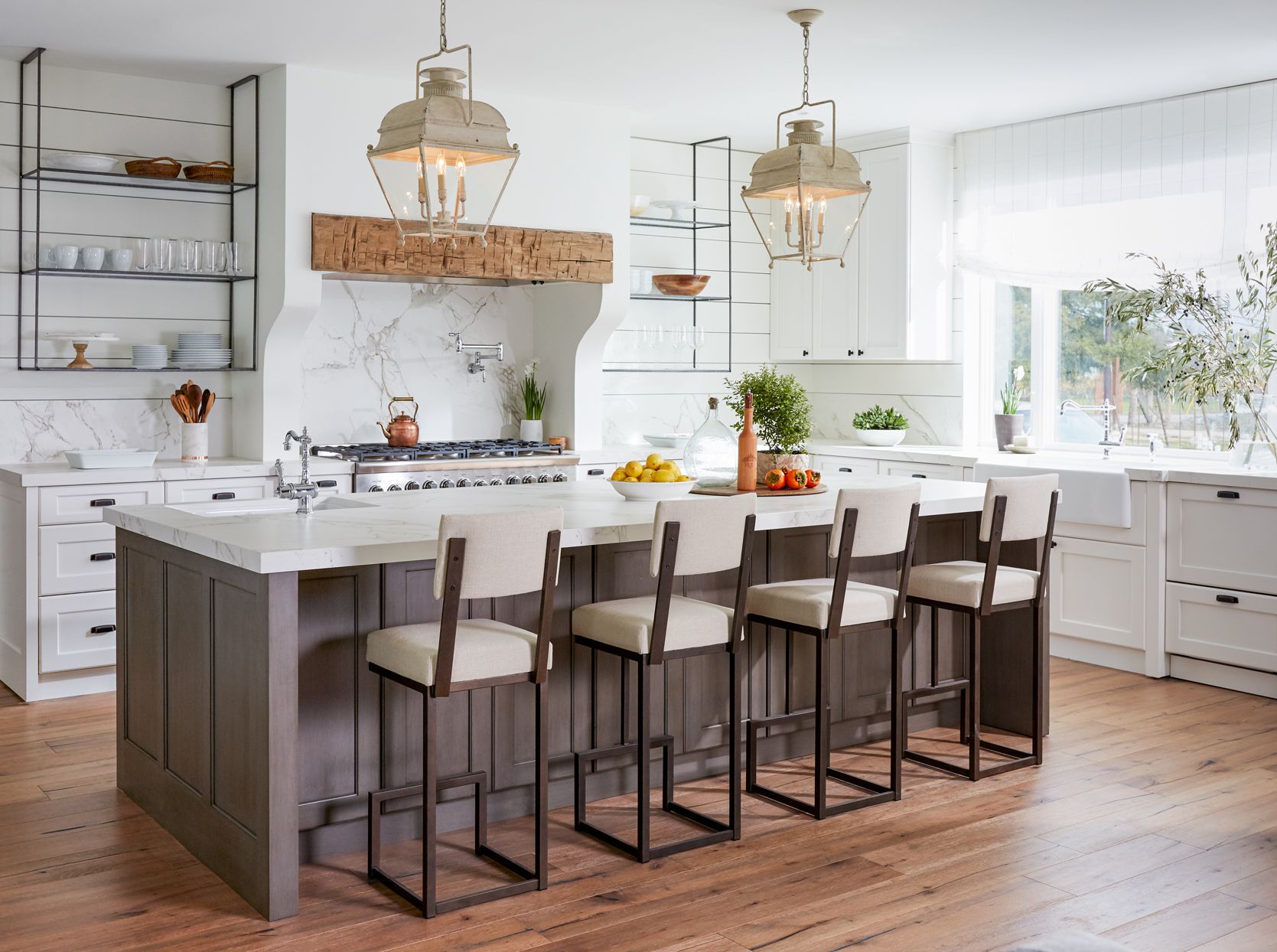
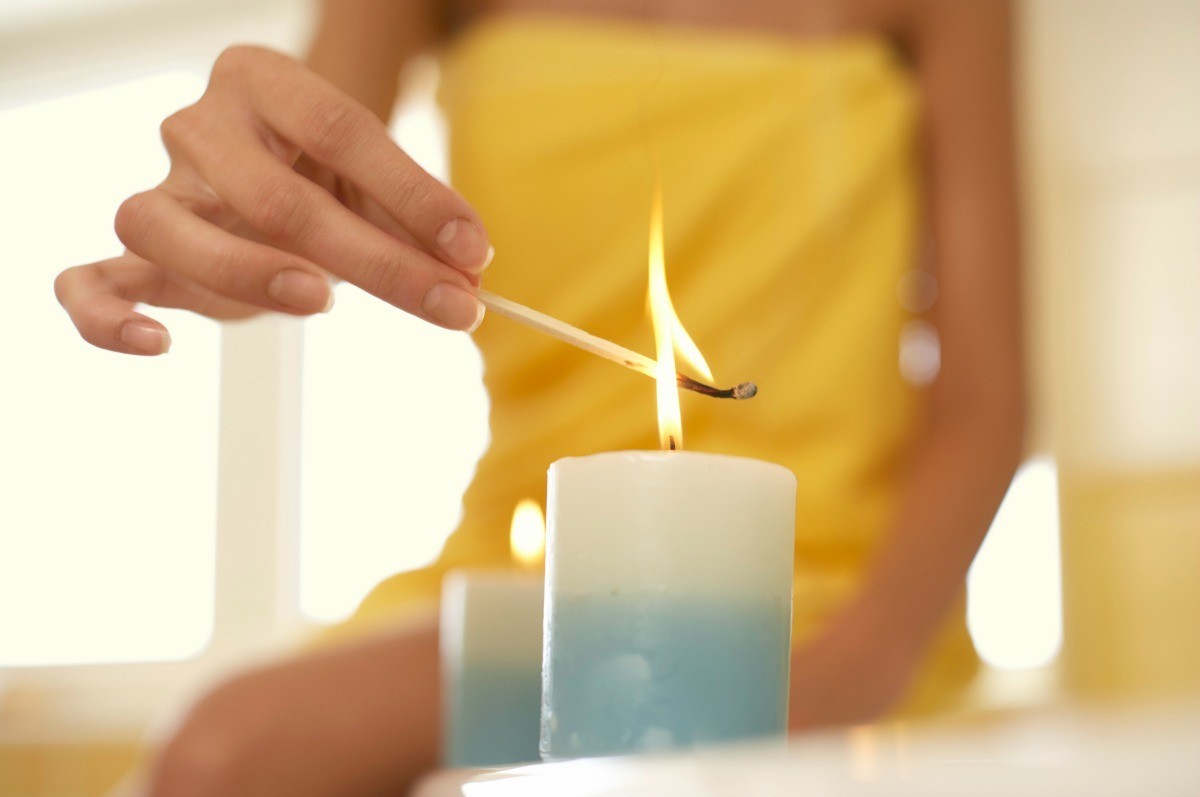

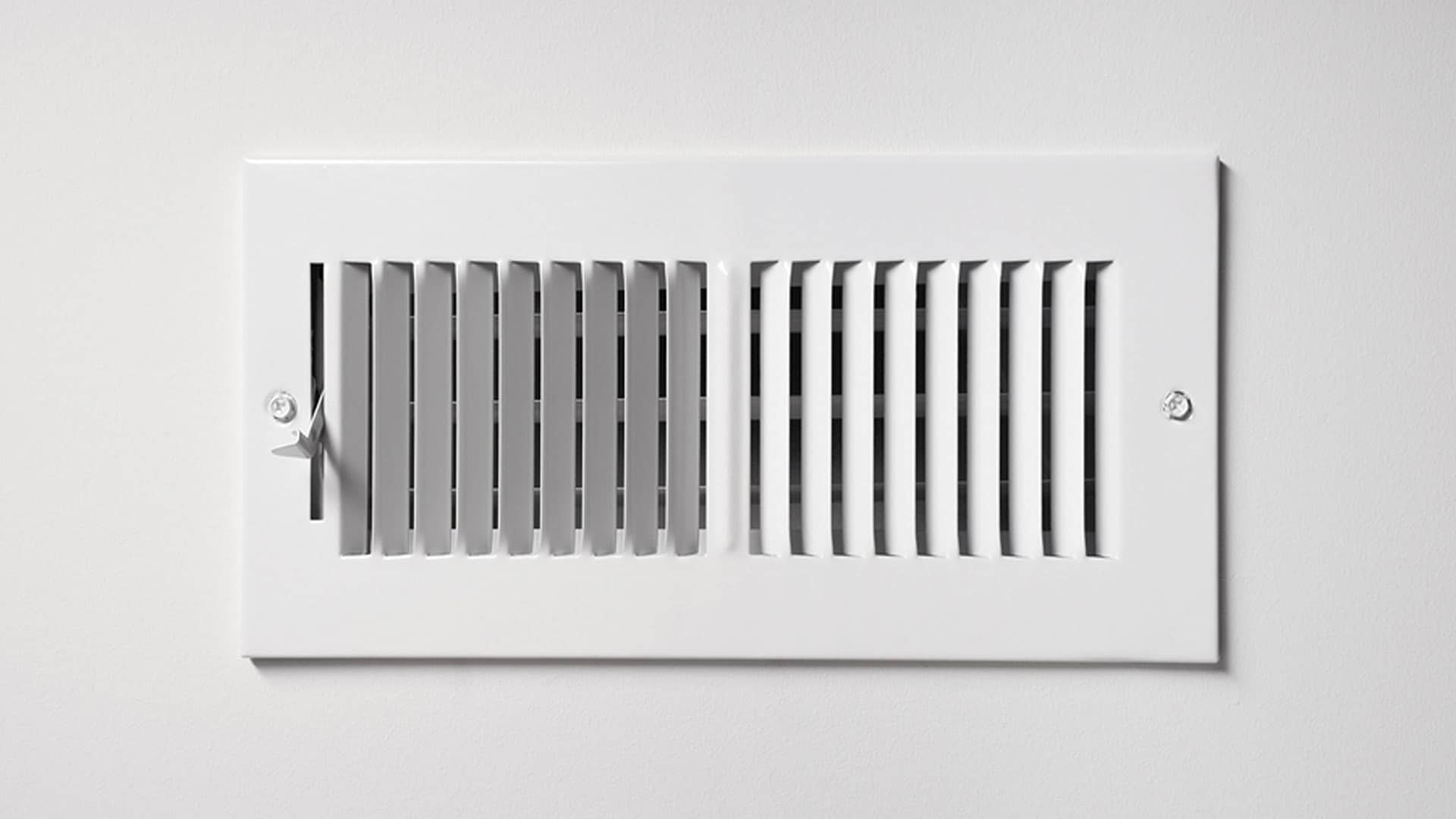
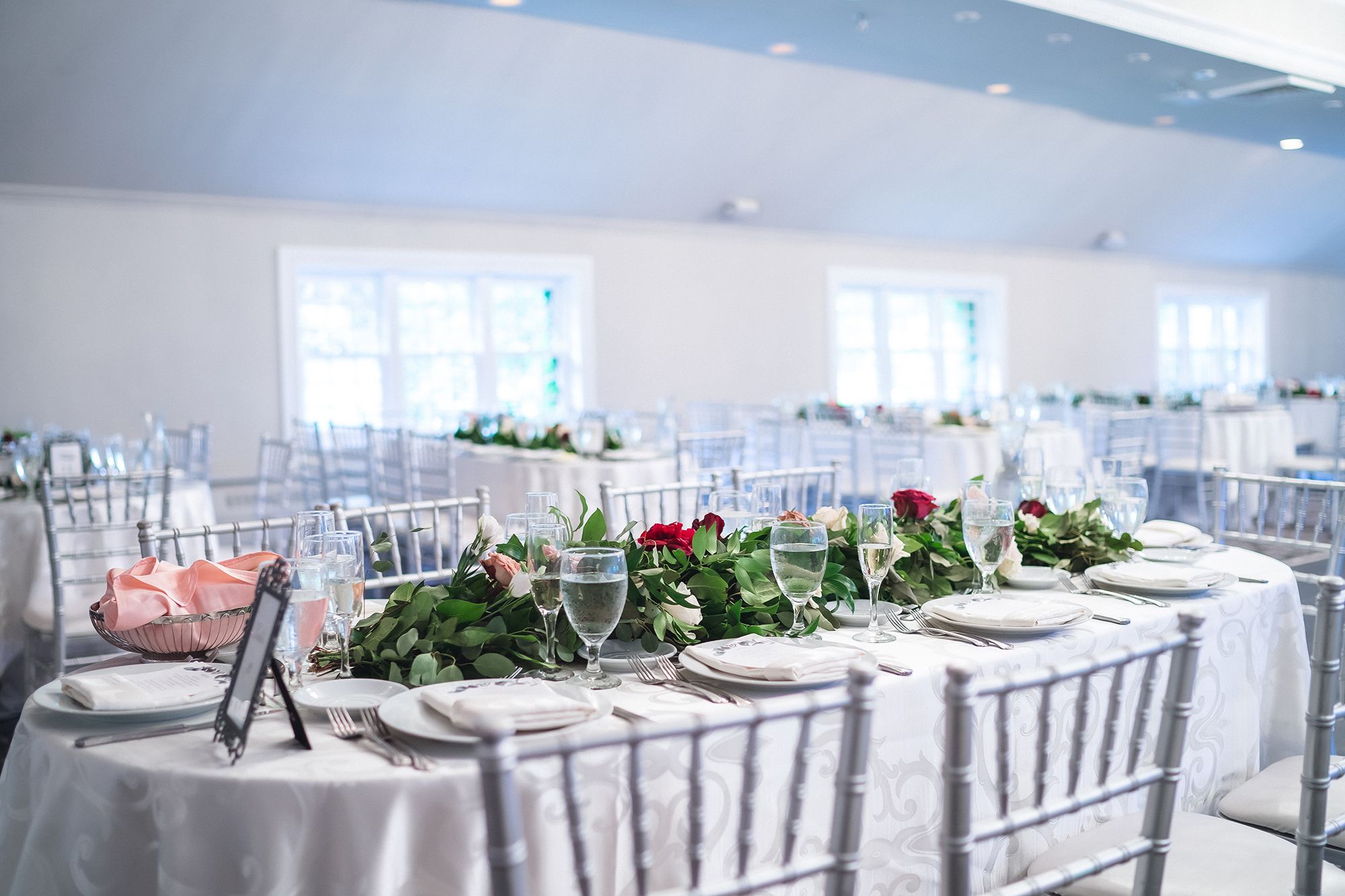
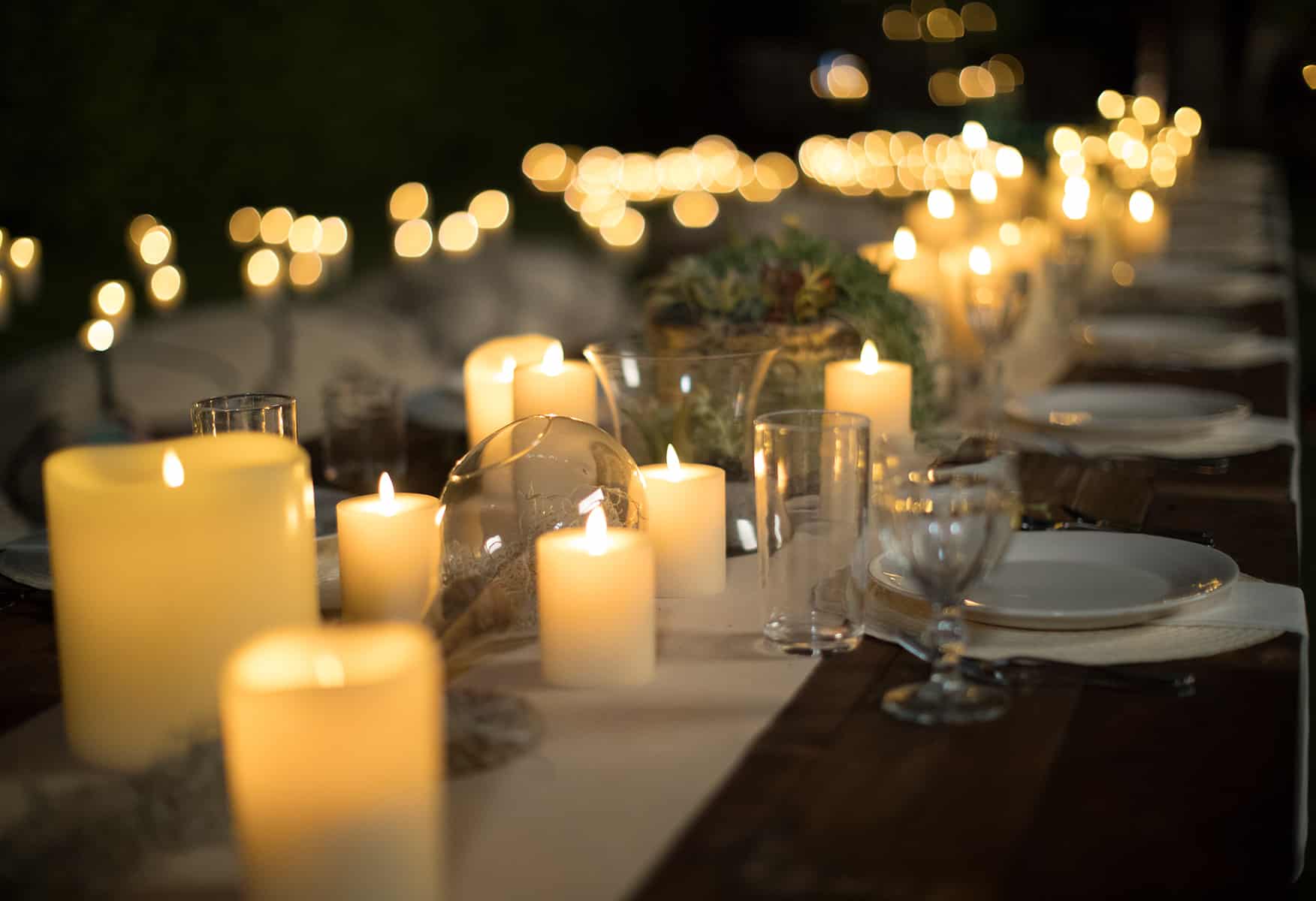
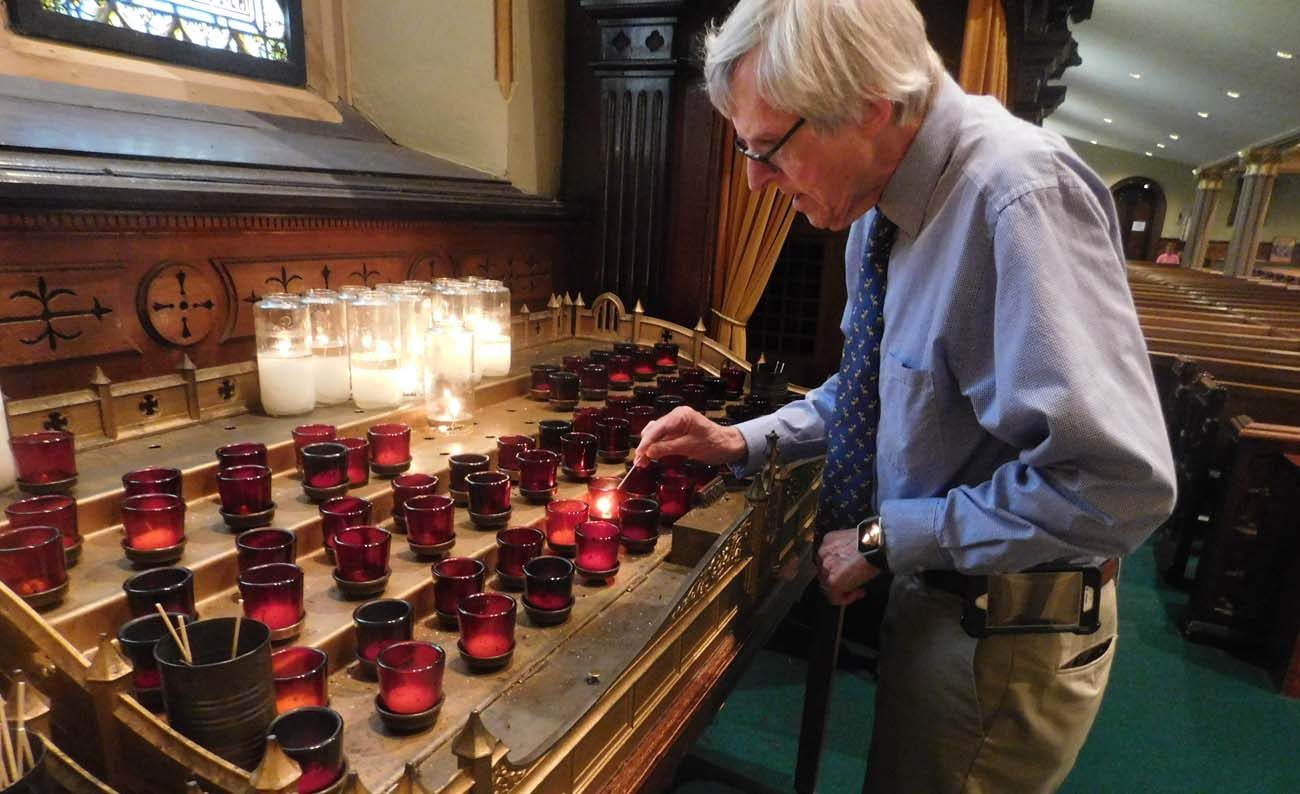
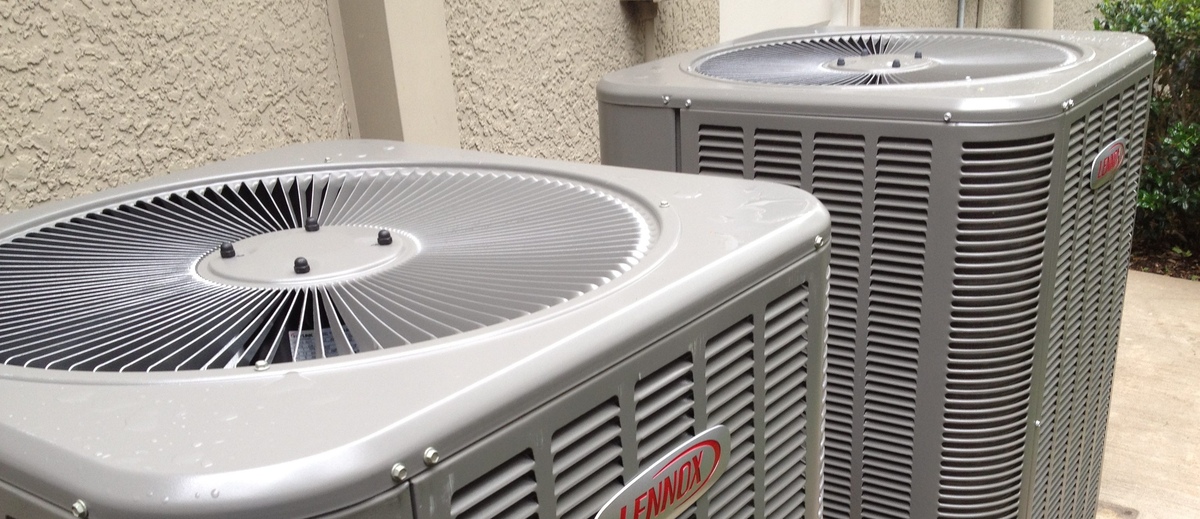
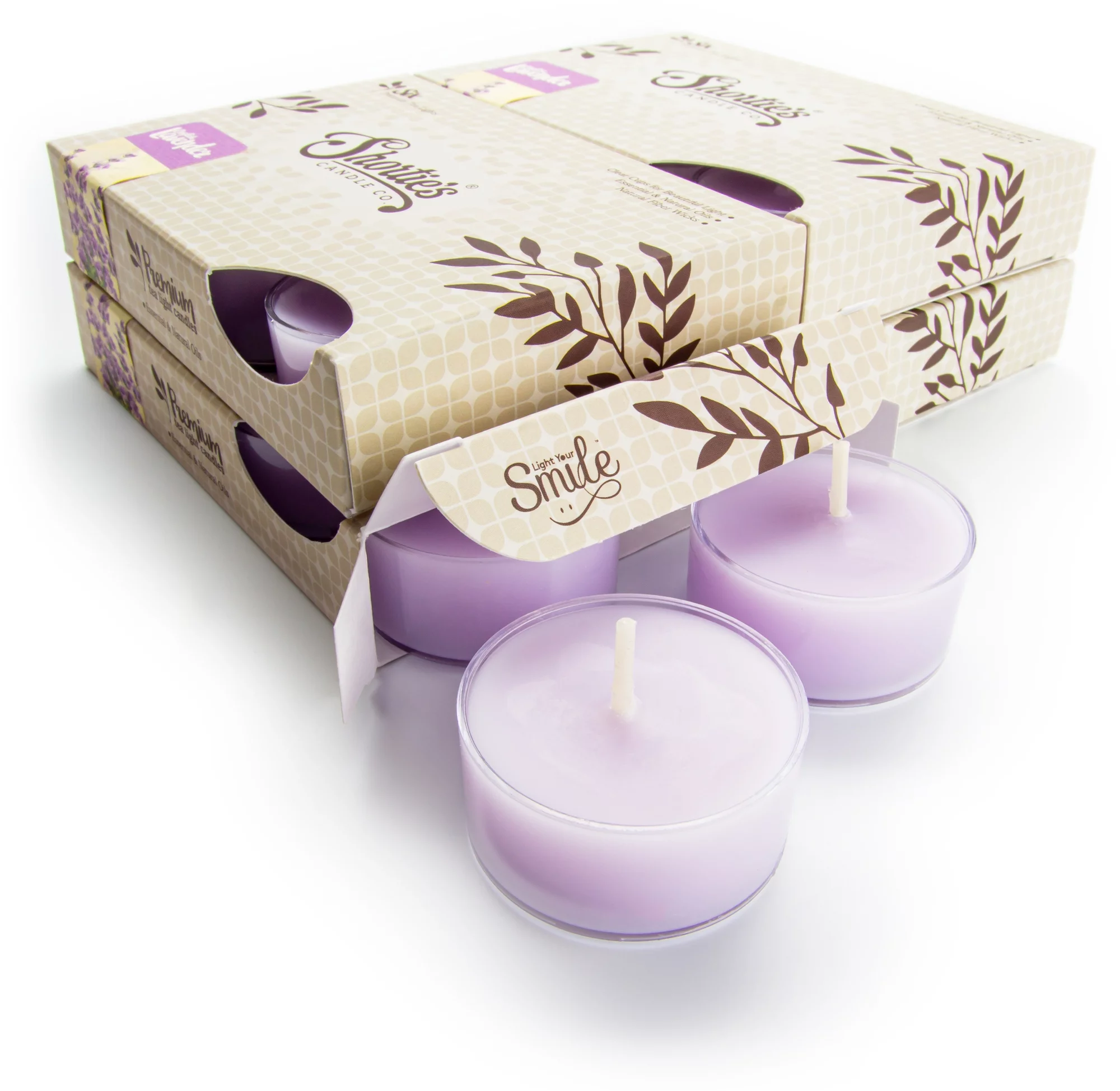
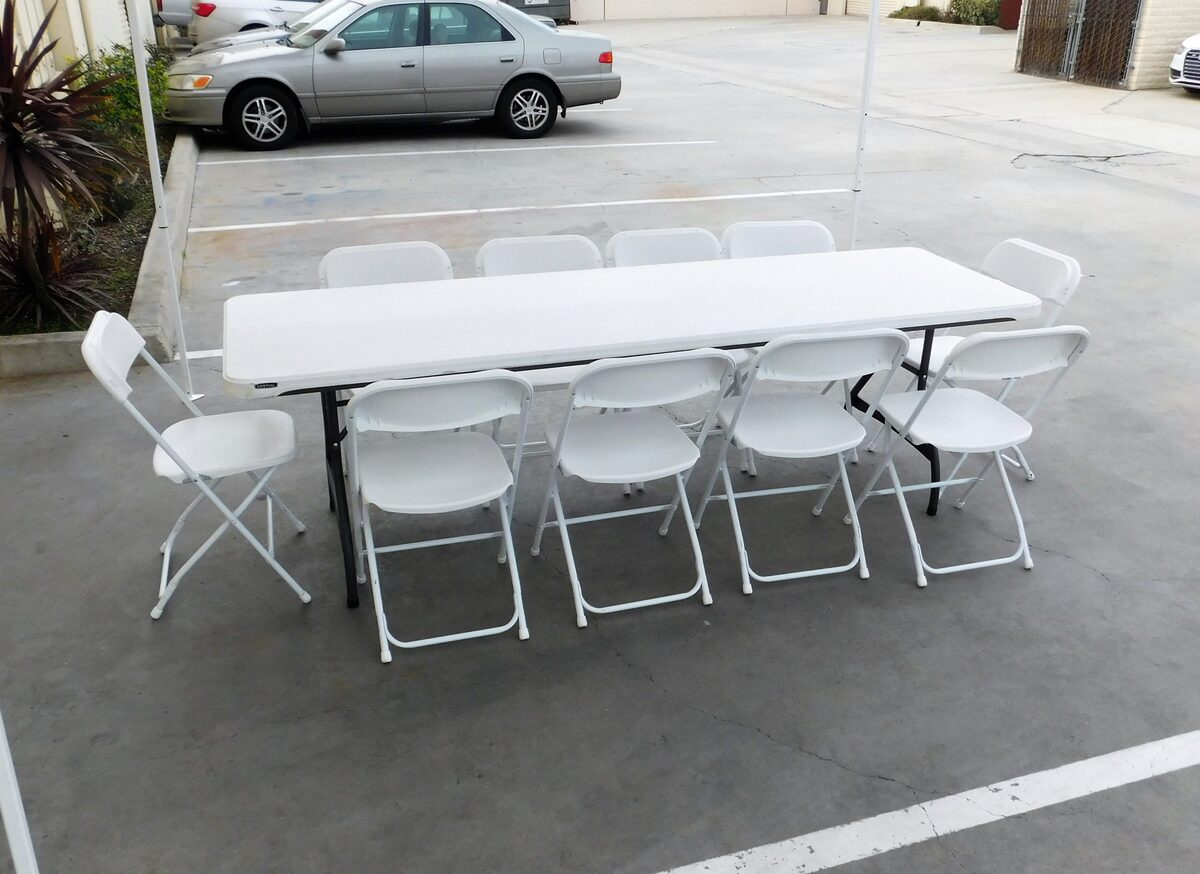

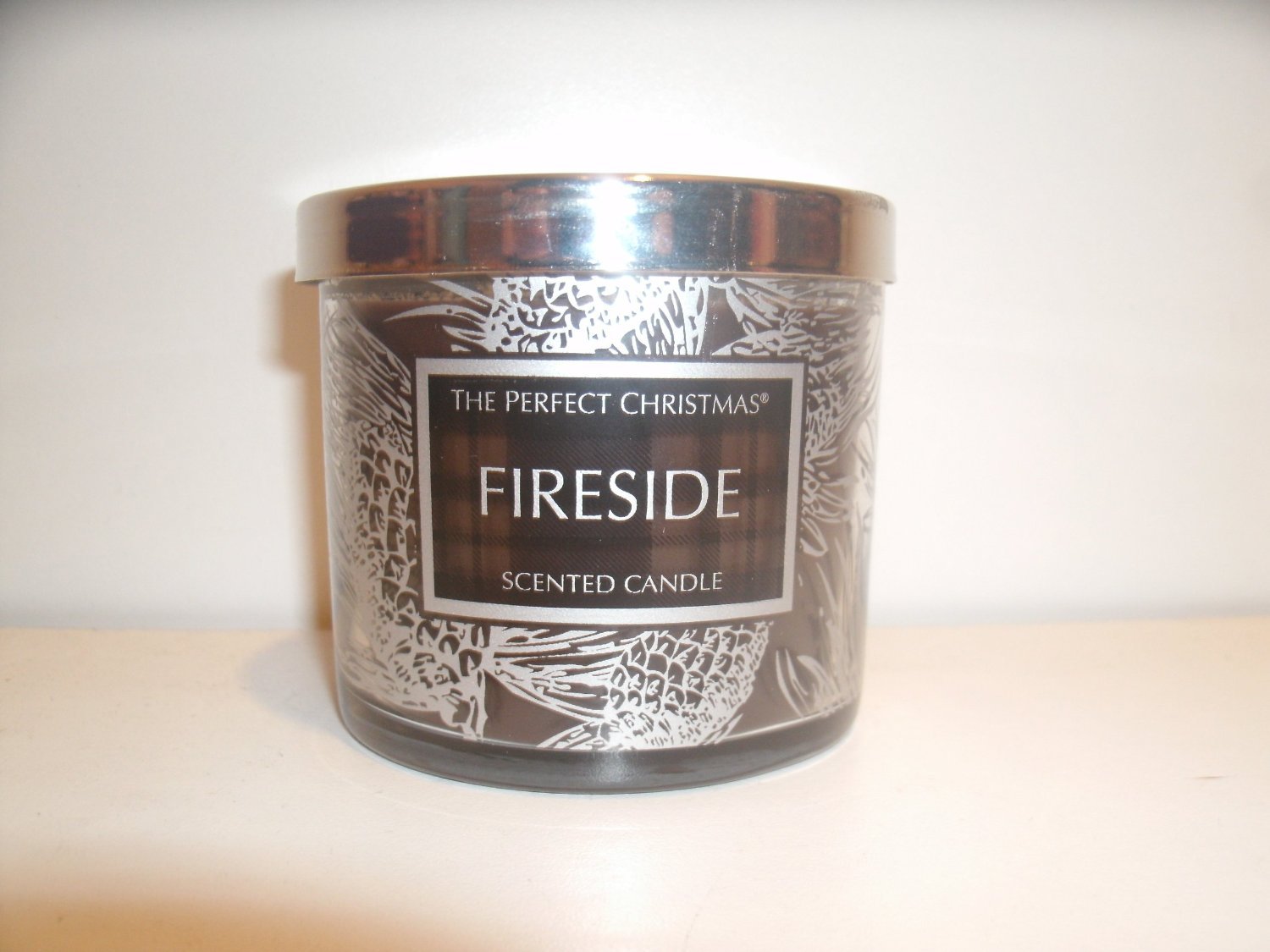

0 thoughts on “How Many Foot Candles Is Bright Indirect Light”